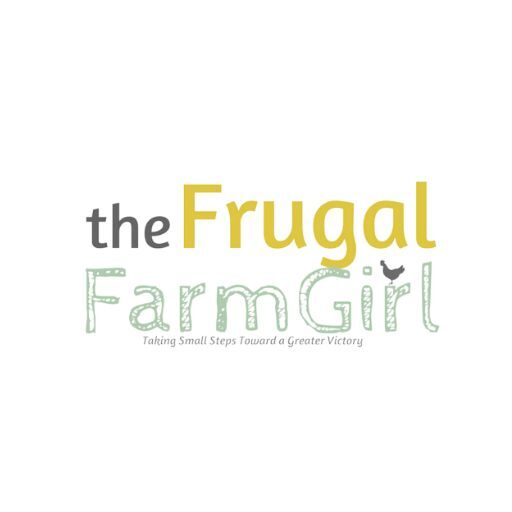I’m relieved I didn’t have Tiktok six years ago because the pull to get our homestead would have been so strong. I would have rushed for something I wasn’t ready for because of comparison.
It’s so easy to get caught up in social media posts seeing the success of others, and wondering if that desire you have is even valid or should be pursued. If you haven’t experienced the homesteading side of Tiktok, it’s awesome, but let me remind you, it’s not all easy.

Let me encourage you today, you don’t need to have a ton of money saved up or a ton of land to get started pursuing those homesteading dreams. Those desires are there for a reason, and it’s okay to explore those and learn how to do things that fill your soul with limited resources. There are some great one-acre homestead layout designs available for inspiration.
Today I want to encourage you to homestead on an acre or less. One of the best tips I can give you regarding homesteading is learning to be resourceful. That’s really what a frugal lifestyle is, and it can serve you and your family well.
I shared a little bit more about this on TikTok if you are interested, too. If you are willing to use what you have and find ways to use what others have, you’ll be homesteading no matter where you are and how much you have in no time.
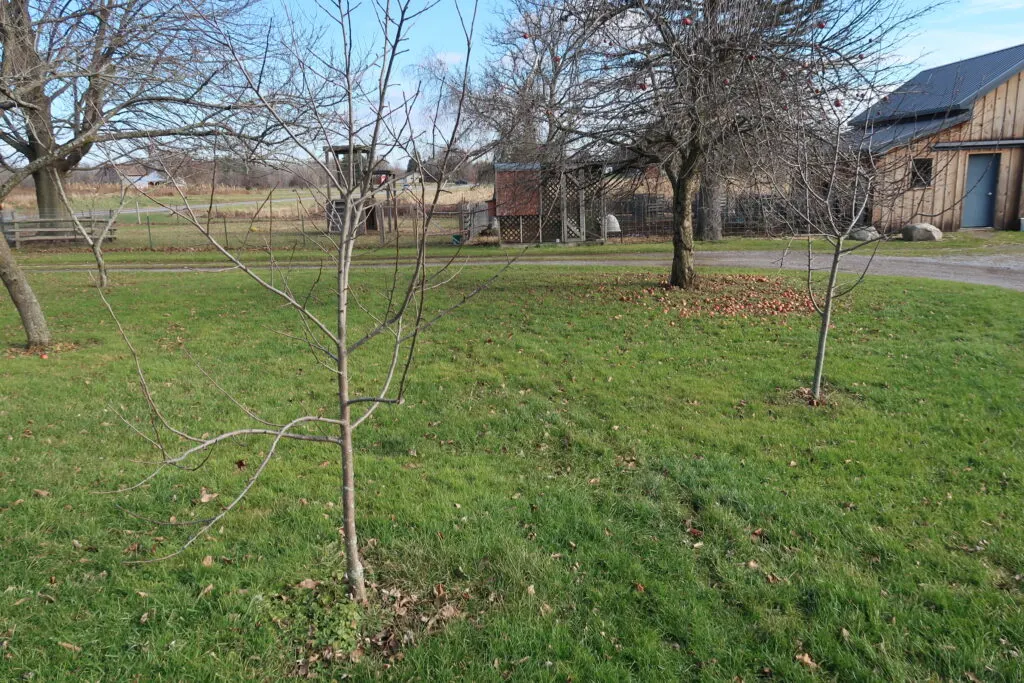
Is One Acre Enough to Homestead On?
The short answer is yes! One acre might seem small, but it can be surprisingly productive. Many homesteaders have successfully cultivated various crops, raised livestock, and maintained a thriving home garden on just one acre.
Of course, the success of your homestead will depend on factors like the quality of your soil, the climate of your region, and how you utilize your space.
We live on eleven acres and most of our animals and gardens are on the first acre. I could really expand the pasture sizes for our smaller goat and sheep herd, but it’s a lot more manageable and cost-effective to homestead in a smaller area.
Quite a few YouTubers share their one acre homestead layout designs and the process. One of my favorites is Weed Em and Reap.
Using Google Earth, you can find other homesteading layouts. I love utilizing realtor sites, searching for homes with land, and seeing what others have set up.
If you are short on cash and land I find it easier to start with gardening over raising livestock. There are many free resources to help you lay out your garden. You can do this online and print your layout out.
If you have more than an acre, it can be overwhelming how to use it, so there is a great website called My Land Plan to help you utilize your space. You can try this for your one-acre homestead too if you have a lot of trees or a dense chunk of land.
Homestead Layouts
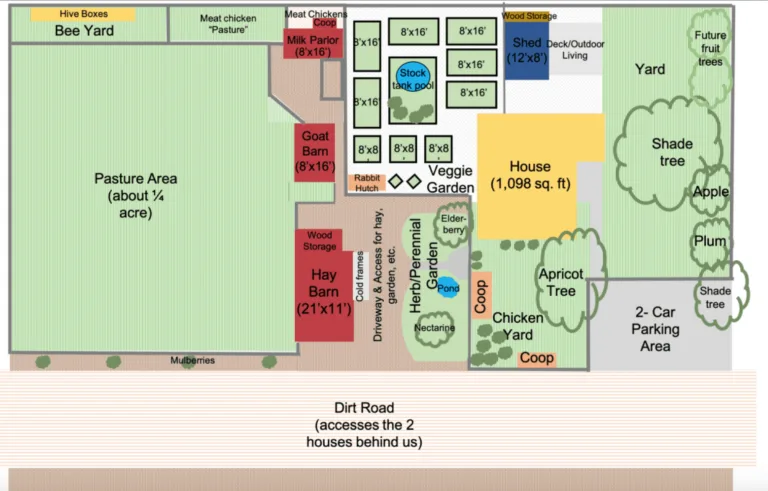
This blog has a great graphic of how they utilized their one-acre farm.
If you are searching for your homestead, and short on cash, read this article for tips to start homesteading with little money.

This is a really nice colorful, easy-to-follow one-acre layout from Vintage Mountain Homestead.

This blog has a great example of how to homestead on 1/4 acre.
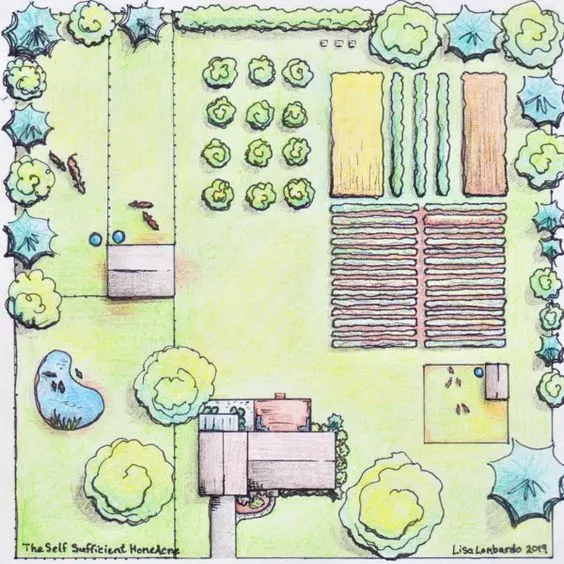
This is another easy-to-follow one-acre layout from The Self-Sufficient HomeAcre blog.
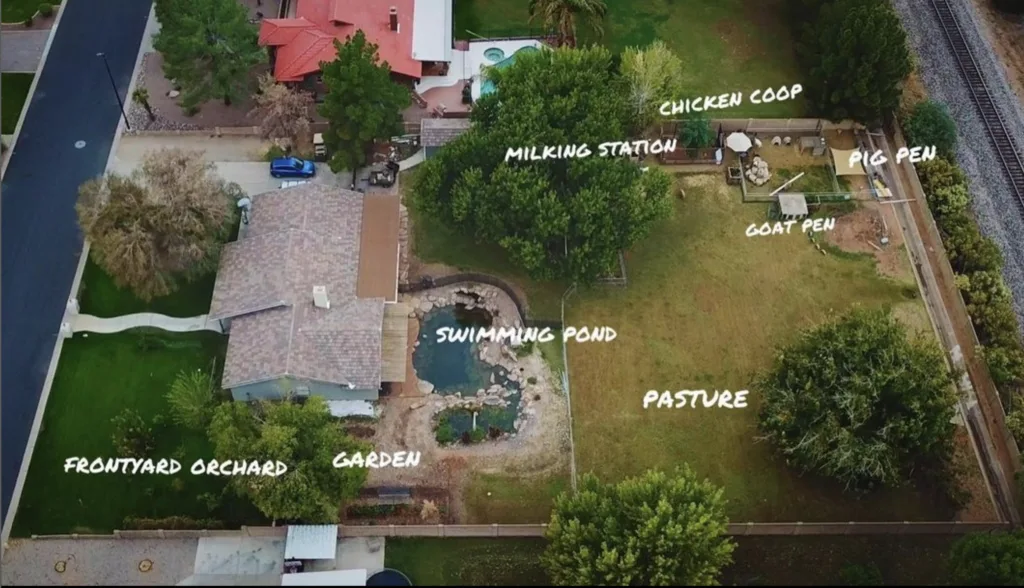
This is one of my favorite bloggers, Weed em and Reap, and they update their YouTube channel frequently. This is a shot of their one-acre farm.
I stumbled upon Melissa’s urban farm at Evergrowingfarm.com, and let me tell you, it’s quite something! The layout is truly impressive, considering it’s right in the city’s heart.
Follow Becky’s gorgeous homestead on an acre. The Red Acre shares on its Instagram and YouTube channel about homesteading on an acre.
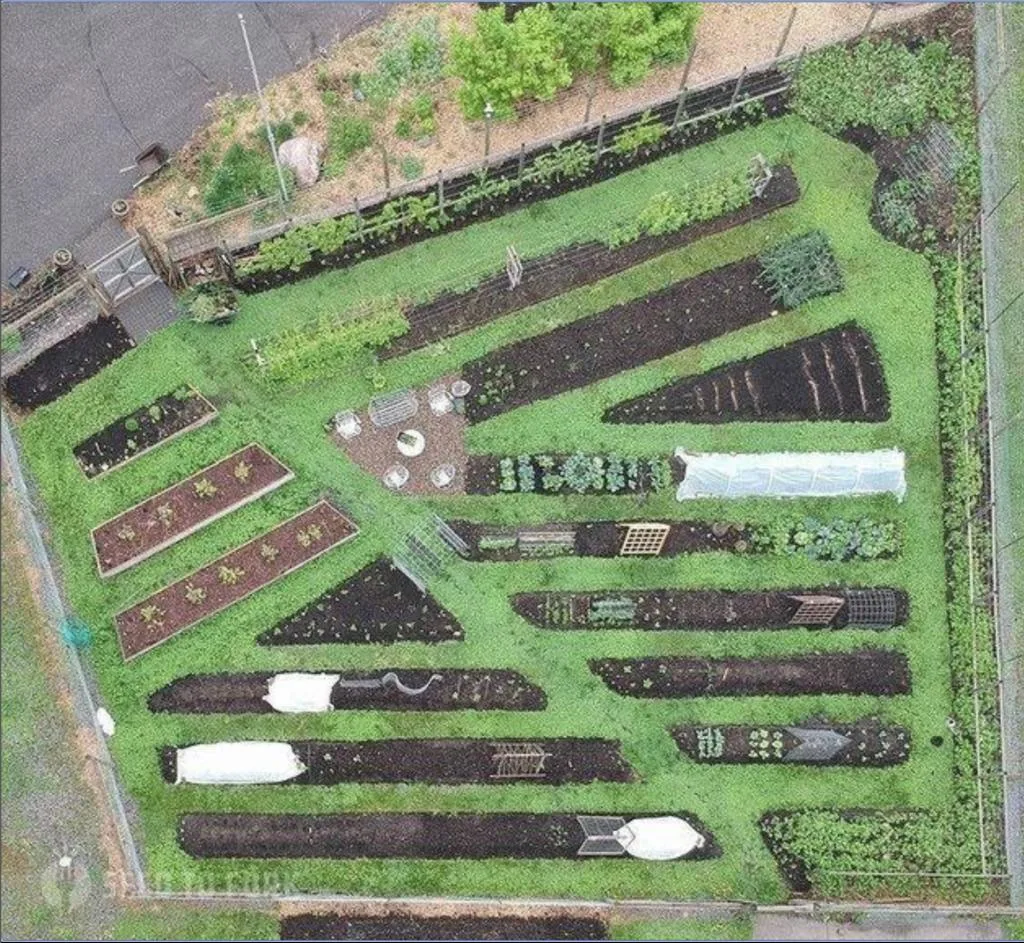
For ideas on just gardening, the options are endless, Vegetable Garden Layout and Plans from: @seedtofork.
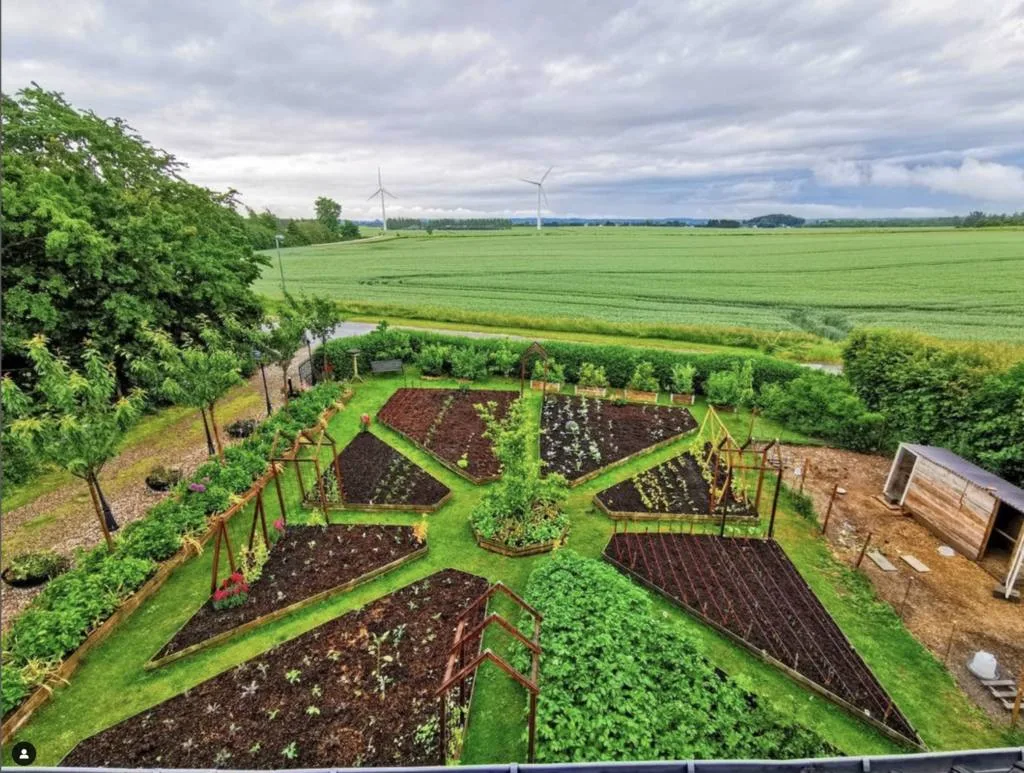
For a little inspiration from all over the world, this plot in Denmark has such a unique design and layout from @bergs_fairytale_garden.

This one was a great example that it doesn’t all have to be done at once; @afarmgirlinthemaking has added beds and garden spots slowly over the years, and using what you have or find for free is a huge money saver.
For an in-depth book, consider this one from your library or grab it on Amazon, “THE HALF-ACRE HOMESTEAD: 40 YEARS OF BUILDING AND GARDENS.”

To organize your homesteading journey, I’ve added a brand new digital homestead planner to my shop, and it’s on sale for a limited time! It’s filled with 62 pages of everything you need to start homesteading.
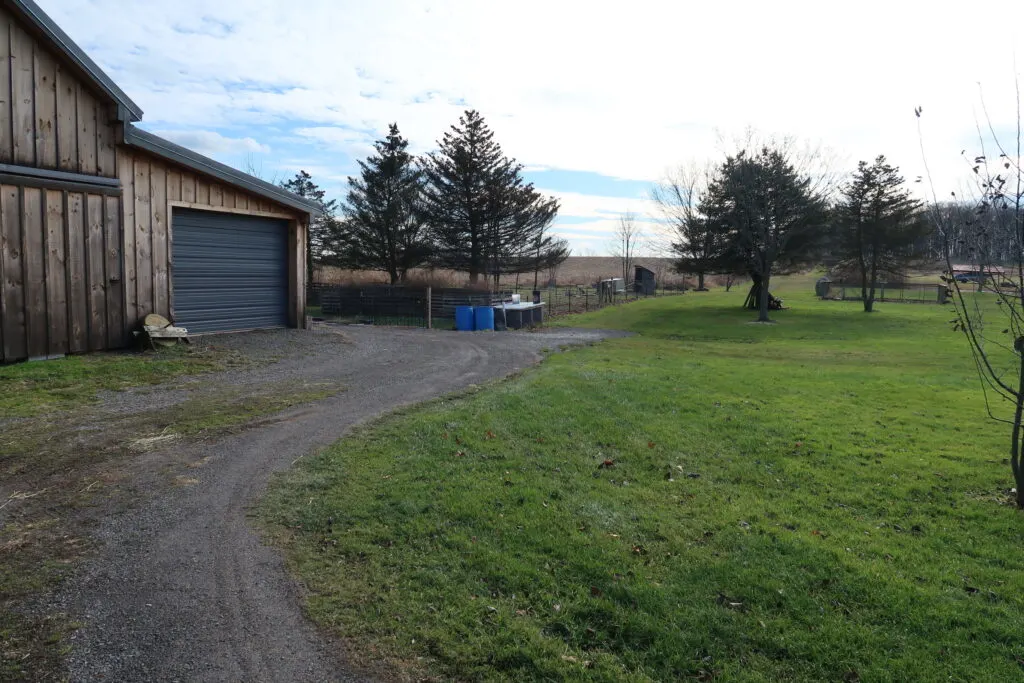
Pros of Homesteading on One Acre
- It’s manageable: With less land to tend to, weeding, watering, and pest management become more manageable.
- Lower costs: One acre requires fewer resources than larger plots, making it more cost-effective.
- Greater focus: With limited space, you’re encouraged to prioritize what’s truly important and necessary for your homestead.
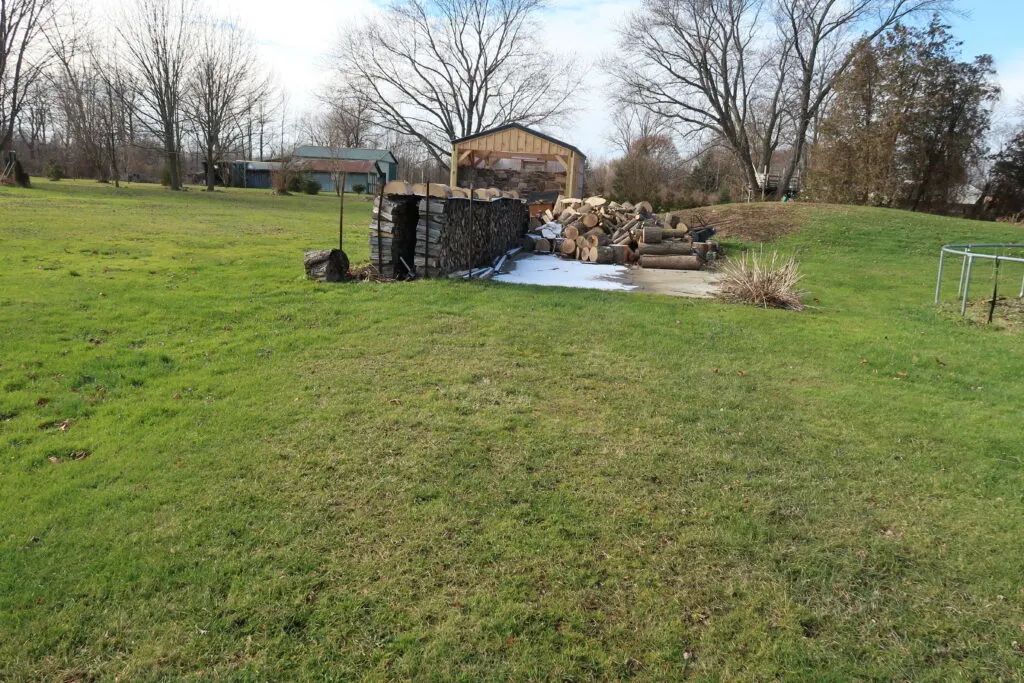
Cons of Homesteading on One Acre
- Limited space: You might not be able to grow a wide variety of crops or raise large livestock.
- Requires careful planning: To maximize productivity, every inch of your one-acre plot must be used efficiently.
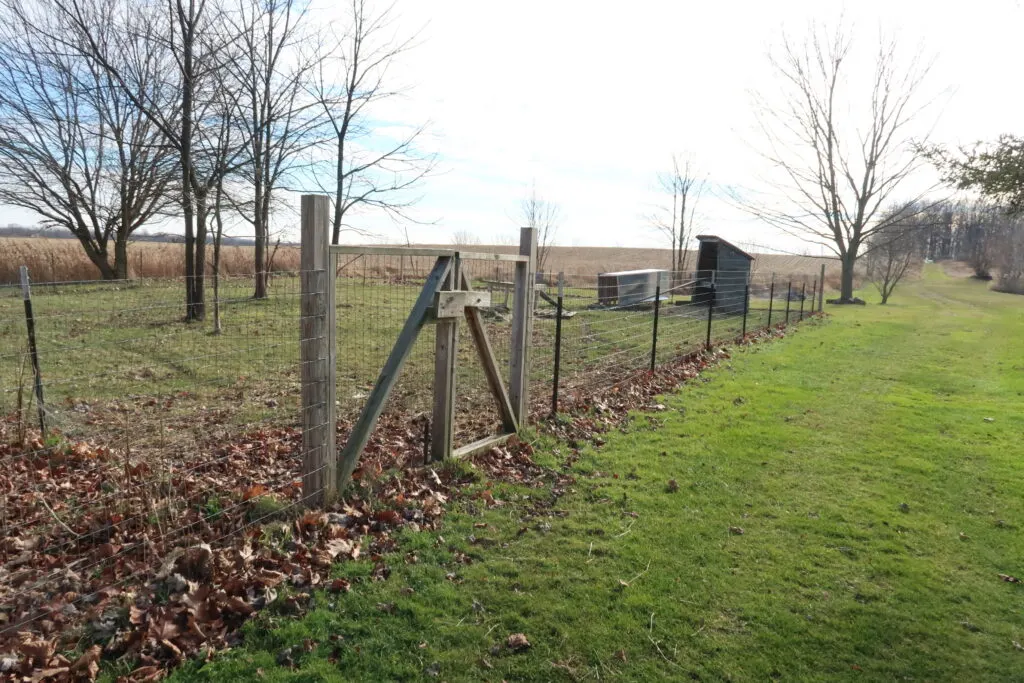
How to Become Self-Sufficient on One Acre
Becoming self-sufficient on one acre requires careful planning and efficient usage of space. Here are some steps to help you get started:
Dream, Plan, and Prepare
Before you dive headfirst into the world of homesteading, take some time to dream and plan. What do you want to grow? What livestock do you want to raise? How will you manage water supply?
Trust me, a little planning goes a long way. And yes, prepare for things not going according to plan – because they often won’t!
If you need help when starting your livestock journey grab my planners here.
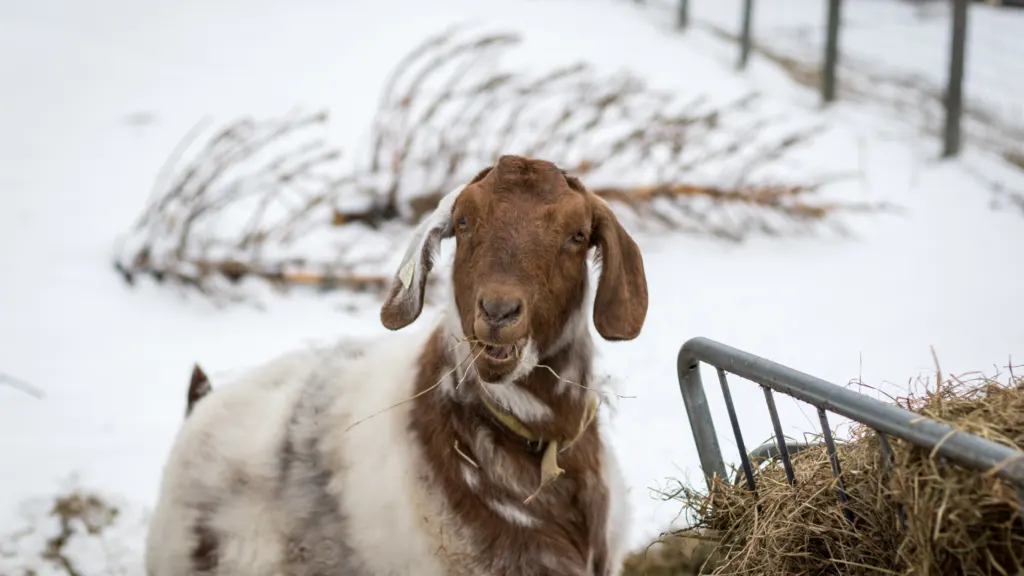
1. Livestock Rearing
Start small with animals that require less space like chickens, rabbits, or bees. Chickens provide eggs, rabbits can be raised for meat, and bees offer honey while also pollinating your plants.

2. Organic Farming
Use every bit of available space for growing crops. Consider vertical, container, or square-foot gardening to maximize yield.
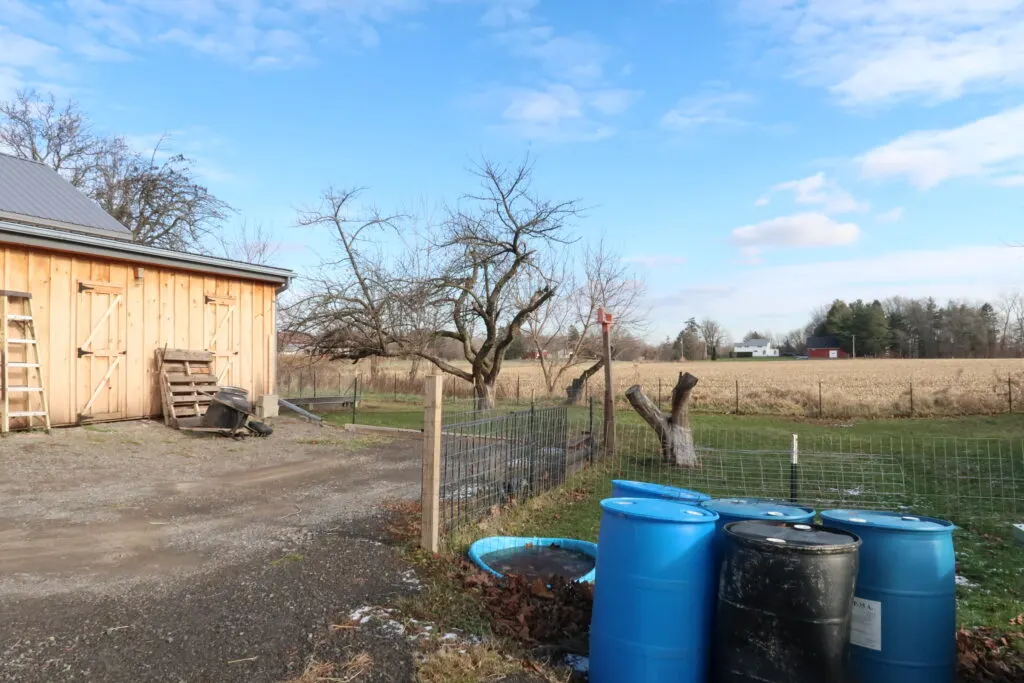
3. Rainwater Harvesting
Install a rainwater harvesting system to collect and store water for irrigation.
4. Grey Water Management
Reuse grey water from your household (like bath water) for watering plants, thereby conserving water.
5. Permaculture Principles
Adopt permaculture principles to create a sustainable and self-sufficient ecosystem on your homestead. This includes composting kitchen scraps, mulching, and intercropping.
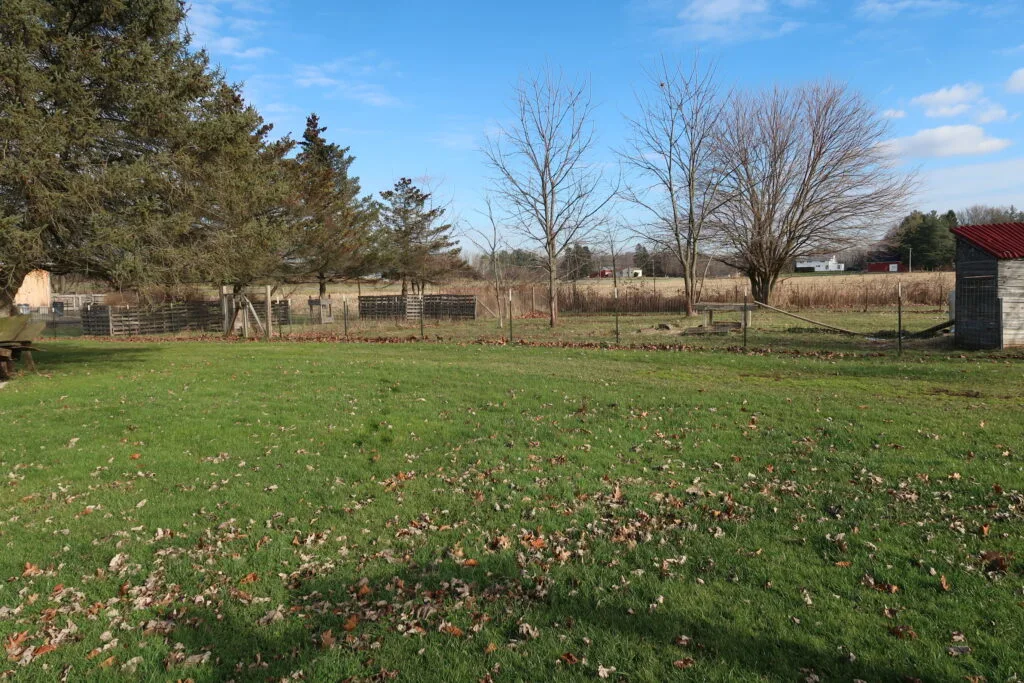
6. Rotate
When homesteading on an acre or less it’s important to rotate your livestock or gardens. For example, having at least two pens to switch your livestock from will help cut back the cost of hay and parasites. You can move pens completely each year and plant new grass.
7. Keep Everything
In the world of homesteading, one person’s trash is definitely another person’s treasure. Those old jars? Perfect for storing homemade jams or pickles. Scraps of wood? Ideal for small building projects.
So next time you’re about to throw something away, think twice. You never know when it might come in handy.
8. Pair Animals Appropriately
Did you know that certain animals can live harmoniously together? For example, chickens and goats can share the same space, reducing the need for separate enclosures. Just make sure to do your research first to ensure a peaceful cohabitation.
9. Self-Watering Seed Starters
Starting your seeds can be a bit of a guessing game. How much water is too much or too little? With self-watering seed starters, you can take the guesswork out of the equation.
You only need some potting soil, seeds, and a few plastic containers with lids (think: yogurt containers). Poke some holes in the lids, fill the containers with soil and seeds, put the lid on, and let capillary action do the rest.
10. Make Your Own Compost
Composting isn’t just for those kitchen scraps. You can compost yard waste, newspaper, and even cardboard. Not only will it reduce your waste, but it’ll also provide you with rich, nutritious soil for your garden.
11. Store and Preserve Your Harvest
Learning how to store and preserve your harvest will ensure you have farm-fresh food all year round. Plus, homemade pickles and jams make excellent gifts.
12. Reflect and Learn
Take time at the end of each season to reflect on what worked, what didn’t, and what you can do better next year. Learning is all part of the journey.
Remember, the key to a successful one-acre homestead is to start small, learn as you go, and gradually expand your operations. Getting things right might take time, but with patience and perseverance, you’ll have a thriving, self-sufficient homestead in no time.
If you want to start homesteading on a budget, check out this free guide!
Happy homesteading!
